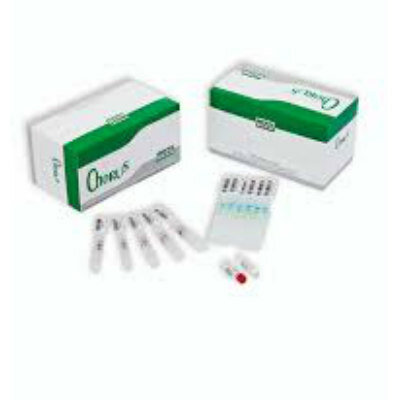Neurons Generated from Normal Skin Cells Differ from Those Prepared from Alzheimer’s Disease Patients
By LabMedica International staff writers
Posted on 18 Aug 2011
Researchers have transformed human skin cells into function neurons and have compared those generated from normal individuals to those from patients with familial (early-onset) Alzheimer’s disease (AD).Posted on 18 Aug 2011
Applying direct reprogramming techniques - using virally transduced transcription regulators and extrinsic support factors - developed over the past few years, investigators at Columbia University (New York, NY, USA) transformed human skin cells, from both normal individuals and AD patients, into neurons.
These induced neurons were shown to be the same as ordinary neurons, as judged by electrophysiological testing and gene expression profiling. Such neurons were able to send and receive signals in laboratory culture, and were competent to integrate into the central nervous system of a mouse model.
At the molecular level, neurons prepared from normal human skin cells differed in several ways from those prepared from skin cells taken from Alzheimer’s disease patients. Results published in the August 5, 2011, online edition of the journal Cell revealed that the neurons generated from AD patients exhibited altered processing and localization of amyloid precursor protein (APP) and increased production of amyloid beta, relative to fibroblasts taken from the same patient or from neurons that had been generated from the skin cells of unaffected individuals.
“Direct reprogramming is fundamentally different from making neurons with iPS (induced pluripotent stem cell) technologies,” said senior author Dr. Asa Abeliovich, associate professor of pathology, cell biology, and neurology at Columbia University. “Using direct reprogramming, you could, in theory, take someone’s skin cells and in a couple of weeks have fully functional neurons ready for replacement cell therapy. Although the project is still at early stages and certainly not ready for clinical applications, therapies based on direct reprogramming seem more realistic than those based on iPS technology. What is particularly exciting is that direct reprogramming is broadly applicable to the study and treatment of a host of neurological diseases.”
Related Links:
Columbia University













